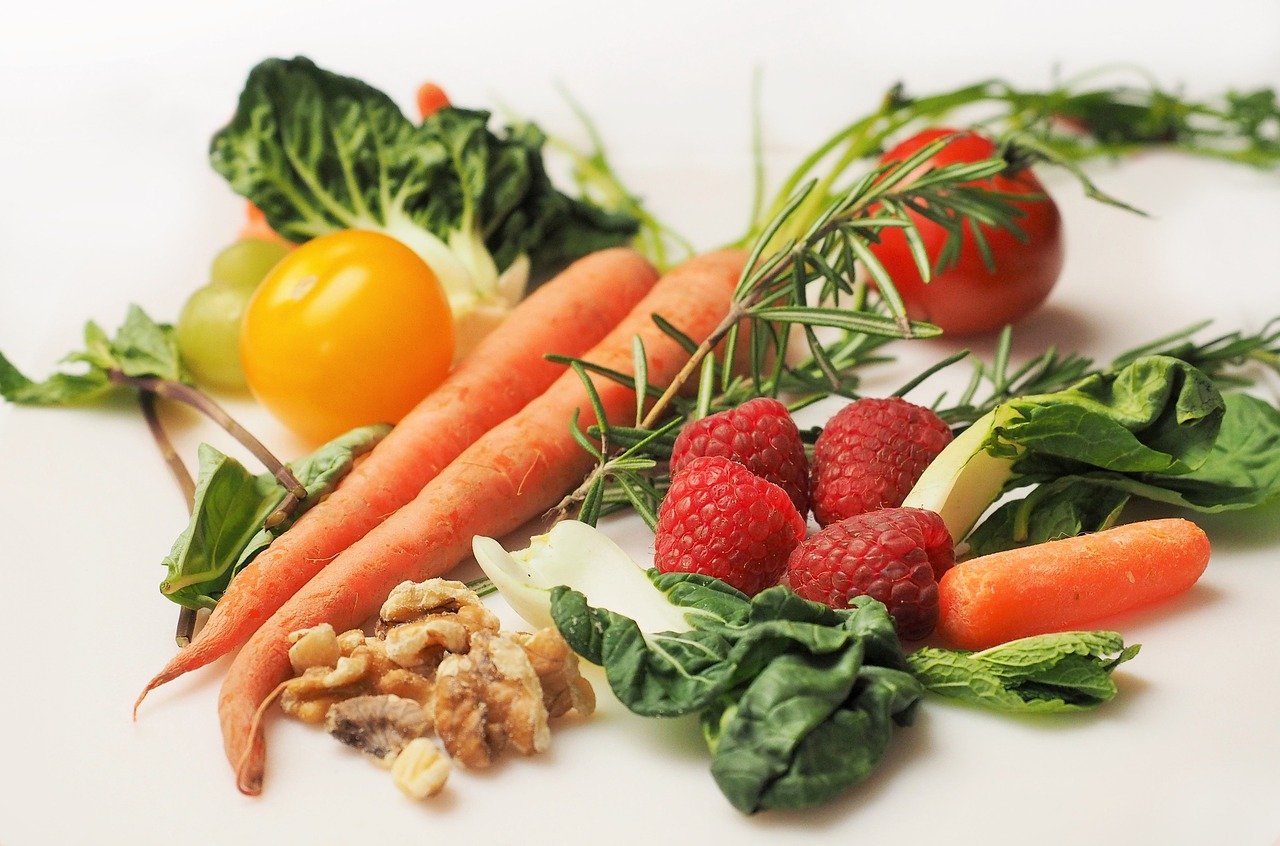Is It Possible to live to be 100+ AND be vibrant and alive? Do Blue Zones have the answer?
Ikaria, Greece: Forget to Die
A man from Ikaria (A Blue Zone island off the coast of Greece)) came to the U.S. for a better life. At age 66 he was diagnosed with terminal lung cancer and given six months to live. He returned home, to Ikaria, and prepared to die. While waiting, he planted vineyards, drank the wine and breathed the sea air.
Thirty-five years later, at 102, he quipped, "Guess I just forgot to die." What happened? What was the secret? He changed his environment. It seems enjoying life, and staying purposeful can be a key to vitality.
What Are Blue Zones Anyway?
In our fast-paced world, the dream of living a vibrant and active life beyond 100 may seem like a distant reality. However, the residents of Blue Zones, areas identified for the remarkable longevity of their inhabitants, hold valuable lessons on how to not just live but thrive in triple digits.
The Blue Zone designation comes from a researching physician’s habit of placing blue dots on a map where lots of people were living to be 100. The clusters of dots became a “Blue Zone.”
What can we learn from these areas?
Okinawa, Japan: The Recipe for Longevity
Okinawa boasts a high number of centenarians who attribute their longevity to a unique blend of lifestyle factors. Their diet, comprising 67% sweet potatoes, tofu, and low-calorie stir-fries, emphasizes mindful eating and stopping at 80% fullness. Regular physical activity, community engagement, and laughter are vital components. One 100-year old woman shared her secret: “Don’t be angry. Always have fun with everyone. Be easy going, not let things upset you and forgive quickly.” (I thought she’d immediately recommend rice and seaweed!) lol
There is also an emphasis on community which contrasts the loneliness epidemic in the U.S., where research has shown lack of community can cost 15 years of life.
Sardinia, Italy: Mountains, Minestrone, and Movement
Sardinia's mountainous terrain, simple carbs like sourdough bread, and a diet rich in greens, beans, and whole grains contribute to the longevity of its residents. Daily walks up and down hills, coupled with energy expenditure, stand in stark contrast to the sedentary lifestyle prevalent in the U.S., a major contributor to diabetes and heart disease.
Stress Control: The Shepherd's Way
Shepherds in the Blue Zones, especially in Sardinia, showcase a stress-resistant lifestyle.
The impact of acute stress on inflammation and glucose levels underscores the importance of managing stress for overall health. The ability to actively cope, especially by focusing on issues within one's control, is a crucial aspect of mental health, cognitive longevity, and stress resilience. Today, in the world of constant news and social media, we are brought the problems of the whole world. We can’t solve them, so we worry, complain and talk about them – ad nauseum!
But the shepherd in Sardinia can control how he treats his sheep to make sure the flock is healthy. Likewise, this active coping where you can resolve problems you are given is a very important part of mental health, cognitive longevity and stress resilience.
I wondered, “Is there any hope for the US? Are there any Blue Zones here?” Thankfully, while we are seeing occasional instances of people living to the ripe old age of 100, there is a city in America selected as a Blue Zone area.
Loma Linda, California: The Adventist Approach
The Seventh-Day Adventists in Loma Linda, California, have embraced a lifestyle that includes regular physical activities, a plant-based diet, and a day of rest on Saturday. The emphasis on community, volunteering, and religious faith plays a significant role in their longevity.
Eldercare and Community Support
In these longevity hotspots, elders are not isolated but actively engaged in their communities. Family and community provide a support system, tapping into the wisdom of the elderly and ensuring better care. The contrast with the often-isolated lives of elders in the U.S. is striking.
The Things that make us live a long, healthy life are the things that make life worth living.
In conclusion, the Blue Zones offer a roadmap to a centenarian's lifestyle—a life rich in community, purpose, and simplicity. While genetics play a role, the choices we make in our daily lives regarding diet, stress management, and social connections can significantly impact our journey toward a vibrant and fulfilling century of life. So, perhaps, the secret to a long and joyful life is not just in the genes but in the everyday choices we make.
Source – Netflix special Blue Zones Living To Be 100- Journalist Dan Buttner











